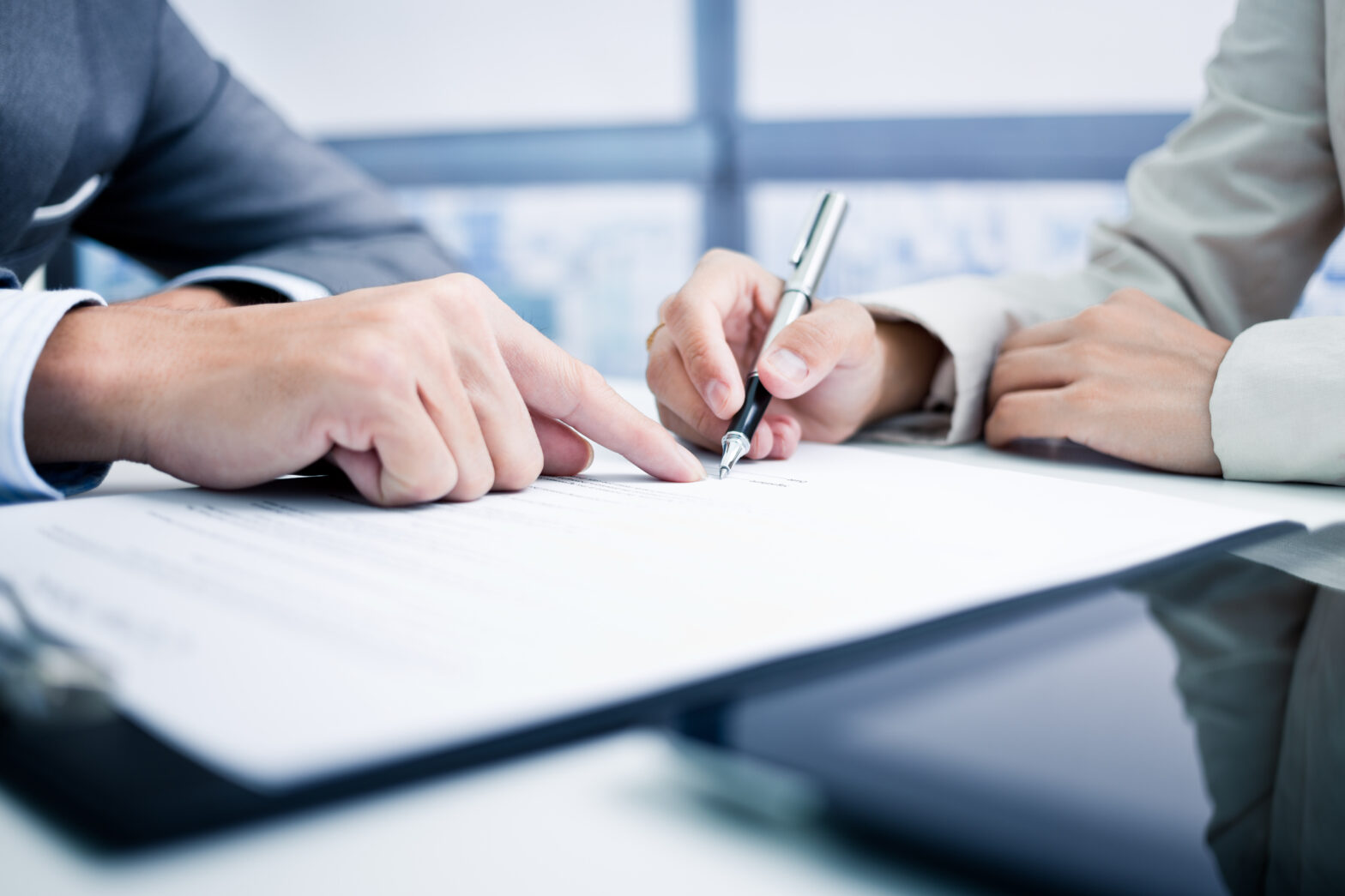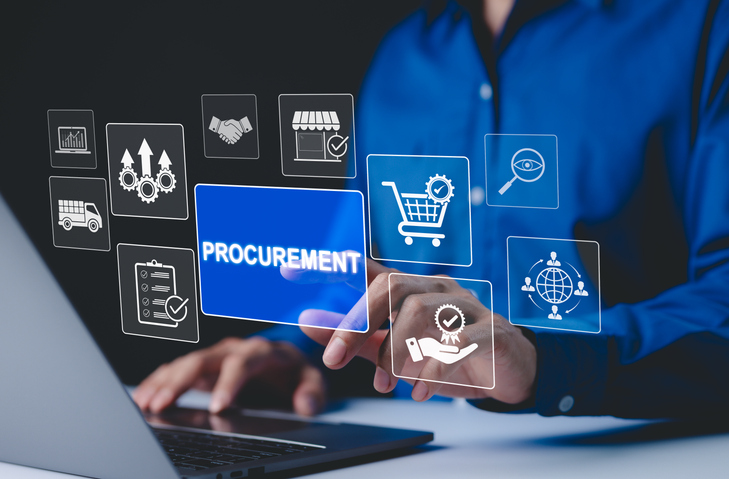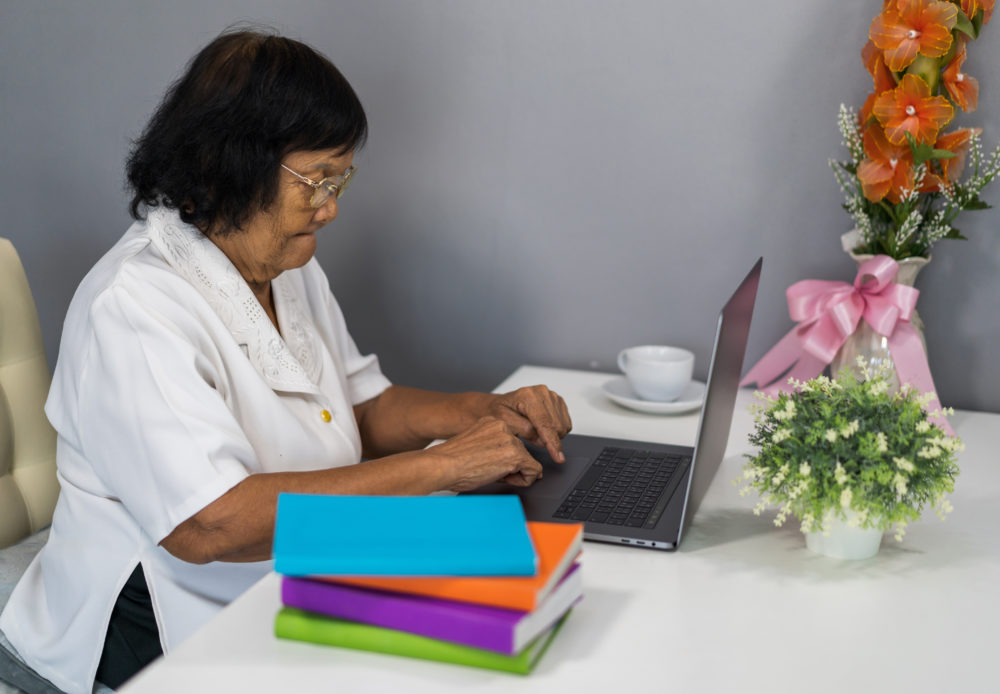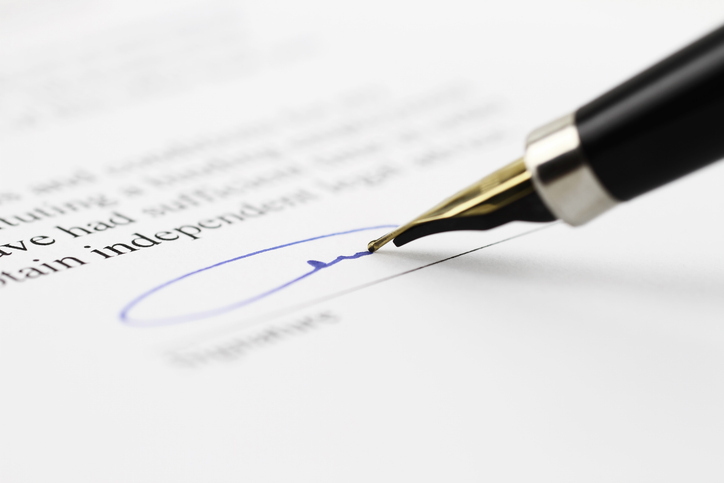On a personal level we’ve all had that awkward situation where we are applying to renew our passport and realise at the end of the process that we have to find someone to witness our signature. Thankfully as consumers we do not face this situation all the time, but when you run your own business contracts and legal documents are a more regular part of your daily routine. As a small business owner I remember one occasion where I had to ask my neighbour, a medical doctor, to witness my signature a dozen times on each share certificate. It was a small favour but still a bit of a nuisance, especially as it was 9pm on a school day!
In an era of video chat and instantaneous communication it is surprising that we have not quite worked out a way to make this process more efficient. Electronic signatures have been around for a long time and are now an accepted mechanism for signing simple contracts. They can also be used for documents that require signature by law, but there are important exceptions such as deeds being submitted to the Land Registry.
At the moment digital signatures can only be used in limited circumstances, but there is an open consultation to look at the introduction of fully digital conveyancing documents with e-signatures to be used for land transactions and land registration. Today, though, witnessing documents remains a logistical challenge as guidance from the Law Society last year suggested: ‘…in the opinion of leading counsel and the JWP, it is best practice for the witness to be physically present when the signatory signs, rather than witnessing through a live televisual medium (such as a video conferencing facility), in order to minimise any evidentiary risk as to whether the person genuinely witnessed the signing.’
Obviously if you are a large law firm you have the resources to deal with this situation, but if you are a smaller firm or the owner of a small business, like me, it can be time consuming. I believe that technology now exists to alleviate this logistical challenge and ensure a witness deemed ‘present’ when documents are being signed. The key is to demonstrate ‘co-location’ so that it can be proven the signee and witness are looking at the same document at the same time. Technology can enforce co-location thus improving public trust in electronic deeds as well as their acceptability as legal documents. There are several ways this could work:
Option 1: The signee who wants to procure a witness, sends a request to a chosen witness by email. The witness clicks on an email link and opens up the document. The signee signs first on their own terminal, the witness signs second on their mobile phone. Before submitting the document the witness is required to ask the signee to provide a password or a facial authentication to prove co-location.
Option 2: The signee who wants to procure a witness, sends a request to a chosen witness by email. The witness clicks on an email link that opens up a mobile app with the document. The signee signs first on their own terminal, the witness signs second on their mobile phone. The mobile app of the witness checks co-location using various types of techniques which might not be 100 per cent precise but at least can show with high degree of confidence that the witness and the signee were not miles apart.
Catching up with the digital era
Contract signature processes and signing legal documents have been slowly catching up with the digital era, but we have to move beyond the preconception that a deed is about a signee and a witness placing ‘wet ink’ on the same piece of paper. Apart from the practical difficulty of physically doing it right, a third party has no way of easily verifying anything about that piece of paper. Are the signatures legitimate? Were the parties actually co-located? Did the witnessing happen at the same time? Physical proximity of the wet signatures is supposed to give us comfort, which sounds rather naive.
We must accept that the dramatic changes are about to happen, which will radically alter the dynamics of the sector. The transformation takes time because the law has to be tested and precedents set when innovations are brought in, but technology is available now that can be attached to a signed document as a record. It can testify that ‘person A is someone with certain attributes: email address, location, password, mobile phone, secret code, facial features’ and ‘Person B is a person with another set of attributes’, and that it is highly likely they were in same location at the same time and performed certain acts of will on the same electronic document. This will mean contracts will be signed more quickly, their legal authority will be more easily verified and law firms will be able to limit the frustrating administrative burden both for themselves, more importantly their clients. No more scrambling to find a suitable witness at 9pm on a school night!
Daniel Stachowiak is managing director and co-founder of MyDocSafe.





